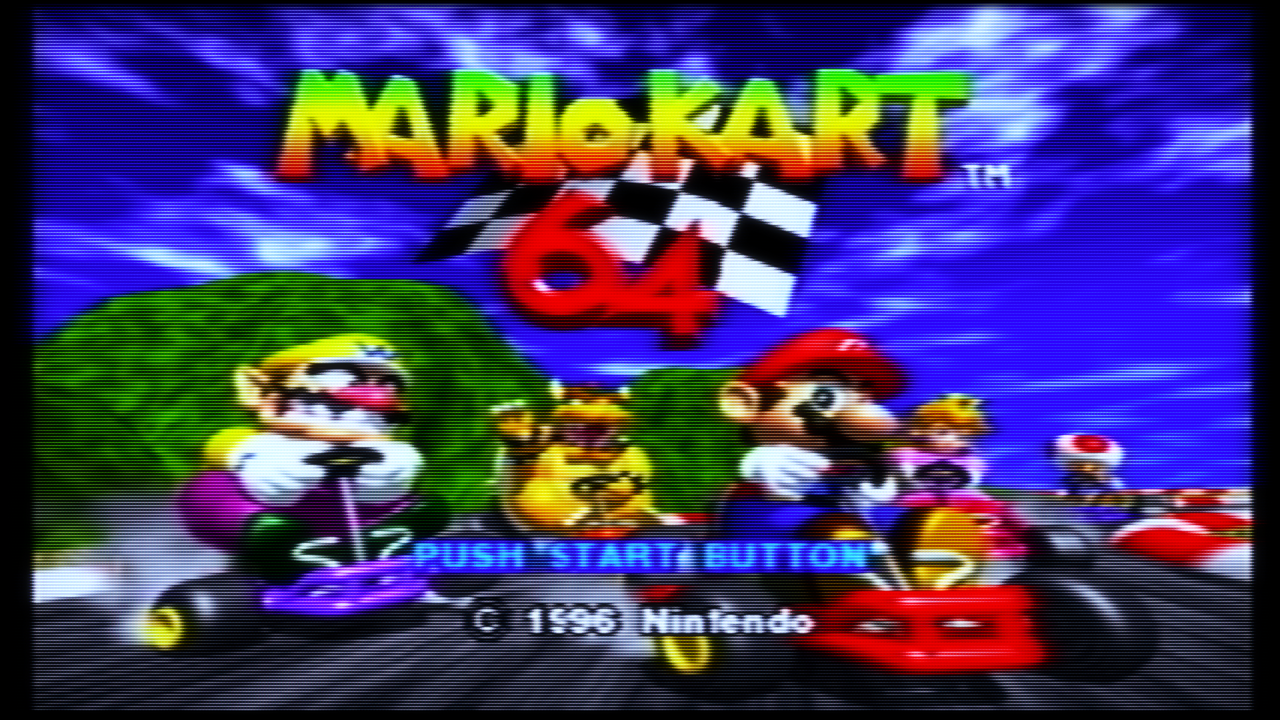Thanks! Yes I refined some settings so there’s more granularity or goes from negative to positive as for me that’s easier to grasp. EDIT: srgb_framebuffer to false, we are doing gamma inside the shader.
Dullnes/Vibrance is actually a mask for Saturation. It won’t do anything if that’s 0. In my opinion this is a better solution because it also allows you to desaturate low saturated areas (akin bleach bypass if used with contrast), or saturate even more saturated areas. More control in less settings, think of it as a 2D plot where Y is Saturation and X is the saturation mask.
The issue with the chroma banding (and partly the overexposition) is due to the Brightness setting, despite working in 16-bit half float. I integrated a rolled-off gain for Brightness so it works in a gradual manner in the high range. The code is dirty as it is but it works fine. I also implemented a Hotspot fix to bring down some overexposed highlights and recover some shading in those areas, but I’m not happy at all with the code. You can toggle that off though.
Another big issue I was having was posterization or banding in the low range. I thought this was a quantization side-effect of doing several gamma transforms in chain, and although I optimized how the transforms are taking place (check the presets below) the real culprit was crt-royale beam-min-sigma, by default 0.02 it was darkening the image, set to 0.10 and clipping goes away (EDIT: As I found out, only an issue with > 240px input sizes). Still, I really would like if the ntsc passes would work in linear space (seemingly they are designed with gamma encoded inputs), because it could save us 2 transformations that translates to better performance and less quantization.
After an advice from hunterk I also modified the variable names. As usual updates in the repo. I’m also sharing the full presets with recommended default settings because it’s not easy stuff, for both slang and glsl and 240 and 320 inputs.








